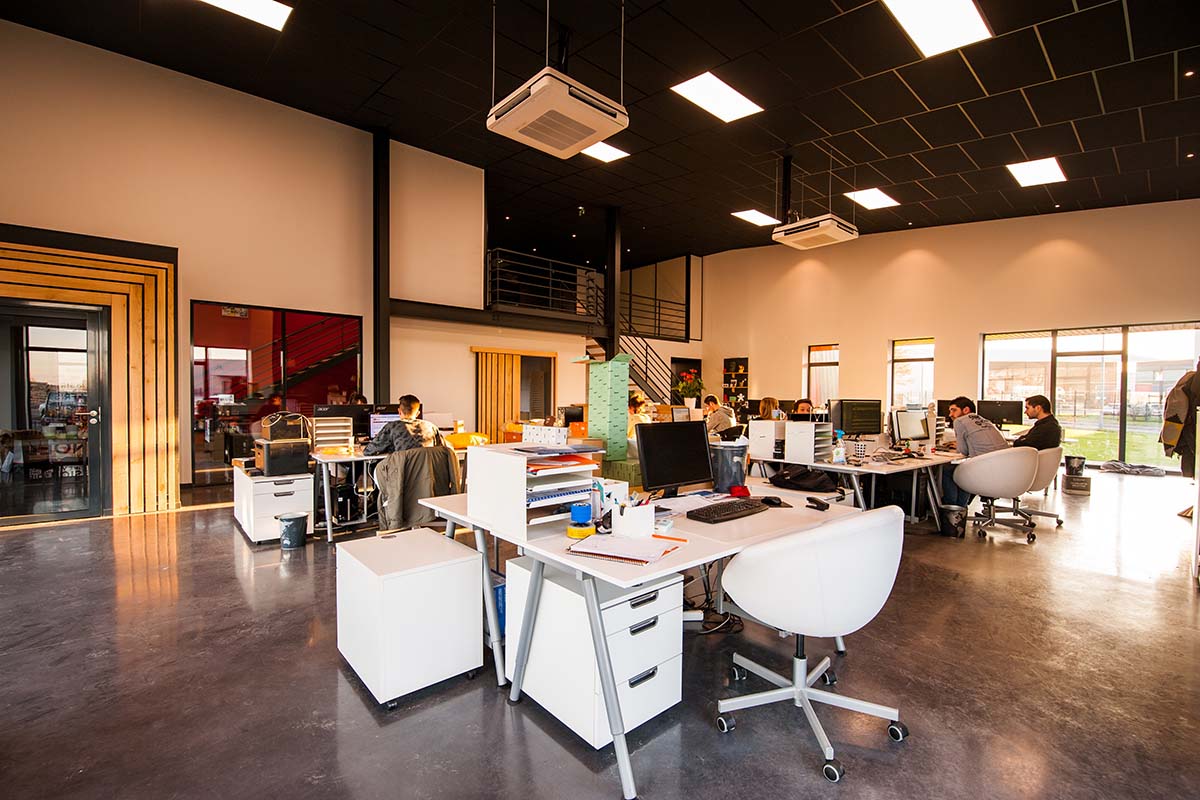Benefits Of A Hybrid Working Model For Employers And Employees
The pandemic forced many of us to work from home, only gradually returning to the office once the lockdown was lifted. But rather than a full return to work, many businesses are choosing to adopt a hybrid working model. Here we discuss the merits and drawbacks of this arrangement, both for employers and employees.
What is a hybrid working model?
A hybrid working model is a location-flexible arrangement allowing employees to combine onsite and offsite work as they and their employers see fit. Large corporations like Microsoft, Google, Facebook, and Twitter have all embraced this model, announcing that more of their workers will be able to share their work between home and office.
How employees can benefit
For employees, the benefits of a hybrid working model are a no-brainer.
- Less commuting – only having to commute to work occasionally instead of every day is one of the biggest drawcards of working semi-remotely.
- Better work/life balance – spending more time with family and less time in traffic or sitting in meetings is another reason employees are in favor of a hybrid working model.
- Cost savings – not using the car as often, saving on public transport costs, and eating at home instead of takeaways all make a hybrid model attractive from a cost-saving perspective.
Downside for employees
There are some pitfalls employees need to be aware of if they are to work effectively out of the office.
- Non-productive environment – unless you have a dedicated workspace, there is a danger family distraction will affect your productivity. To counter this, have a separate room where you can close the door and a work schedule your family respects.
- Feelings of isolation – lack of interaction can lead to isolation and loneliness, which can affect productivity and mental health. To counter this, socialize with colleagues outside of work (i.e. Friday drinks) and attend company social functions whenever possible.
- Damaged career prospects – out of sight is out of mind and not being in the office as much as others could affect your chances of promotion. To counter this, stay in regular contact with your superiors and be proactive in video conferences and meetings.
How employers can benefit
Hybrid work practices offer some substantial benefits for employers.
- Bargaining power – with more seniors needed in the workforce to counter a growing lack of younger employees, a hybrid working model offers the flexibility employers need to keep seniors working for longer. Over 3 in 4 seniors participating in Australian Seniors Ageing in the Workforce 2021 Survey said they would want to keep working indefinitely if they were well supported and had flexible working conditions.
- Cost savings – by moving to a hybrid arrangement, employers can save on many of the costs of leasing premises. Employees would use their own utilities at home and if they spent part of their week in the office, shared workspaces could be introduced which could be utilized on a rotational basis, reducing office space and allowing for the possibility of downsizing.
- Recruitment opportunities – if an employee doesn’t have to commute to the office, they can live practically anywhere, which allows employers to recruit from a much wider talent pool. Without the need for local employees, they can recruit from interstate and even overseas and secure the talent they otherwise wouldn’t have access to.
Dangers for employers
As well as the benefits, there are drawbacks to overcome for hybrid working to become widely adopted.
- Loss of culture – company culture is reinforced through systems and routines established in the office and working remotely can lead to this message being watered down. To avoid this, employers need to establish more touchpoints with remote employees and provide more opportunities for collaboration and engagement. Onboarding also needs to focus more on cultural values than rules and regulations.
- Inequality – working remotely can lead to employees having less access to information than others and being less well connected within the company. To counter this inequality, which could affect productivity, employers need to operate as if they were a fully remote business and ensure that everyone has access to the same opportunities.
- Less collaboration – recruiting from other regions can mean that some employees are working in different times zones, which can have a big impact on collaboration. To counter this, companies need to have a central platform where everyone can access information at any time. They should also post recordings of all video meetings and have a place to leave feedback and ask questions.
Of course, not all businesses will have the luxury of allowing a hybrid working model. Hospitality and retail for example need their staff where their customers are. But with advantages outweighing disadvantages, it’s fairly certain a hybrid model will become the preferred way of working for most businesses who can in the future.




















